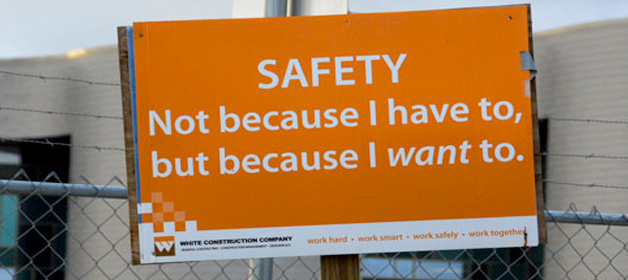Here’s what to do and why you should do it.
Brain-Based Teaching Says…
At your school, or at least in your classroom, do a social status inventory. From the student’s point of view, here’s what goes through their brain:
1) “Am I safe at school?”
2) “Do I belong or fit in with others?”
3) “Am I OK? How do I rate?”
4) “Am I supported? By whom?”
Here is the second of two sets of questions to ask and answer. From the staff’s point of view, ask yourself or your staff the following questions:
- Do kids wear uniforms or not? (this can help flatten the social climbers). Do your students know every other kid in their class by name?
- Do they know each kid’s strengths or unique talents? (this can raise up the so called “lower” kids).
- Do you discover 1 new thing daily about at least 1 kid per class (something done well, family, etc.)
- Do you build on strengths tactfully
- Do you =let students display talents
- Do you always acknowledge responses in class?
- Do you smile at students whether they’re your favorite or not?
- Do you always use personal courtesies (“please, thank you, pardon me,” etc.)
- Do you vary social structures every few minutes
- Do you use teams or close-knit groups daily
- Do you have whole class “family-style” open talks
- Do you use impromptu groupings (2,3,4 or 5)
- Do you put kids in strong cooperative groups or teams? Do you also teach kids skill-building in teamwork or group work?
If you walk through list above, it can bring great awareness about your student’s feelings of status. Now, make a plan to act on it!
Remember, how kids feel about their own social status is so important, it’s created billion-dollar empires (Facebook is an example, so is Instagram or Twitter).
Research
Why is this so important? What’s the brain-basis behind it? The social status of your students has a strong effect on motivation, behavior and overall well- being and health. We got some new clues as to how that works in the brain.
In the peer-reviewed scientific study, published in the Journal Neuron, volunteers played an interactive computer game while undergoing functional magnetic resonance imaging (fMRI) brain scans.
The players had their social status artificially manipulated. Researchers created a social hierarchy by granting “stars” before the game began.
Sometimes participants could gain or lose stars; other times, no change could occur.
Even though the student players were told that a monetary reward would depend only on their actual game scores, the threatened impression of inferior social status activated brain regions that focus attention, judge importance, promote memory and control actions. Note this is even the threat of lower social status.
When a change in status is in the wings, emotional centers such as the amygdala become active. Impending negative status activates the brain’s emotional-pain areas. “Impending changes in status cause changes in the brain’s reward center that are just as strong as monetary reward,” says Andreas Meyer-Lindenberg.
Naturally, any impending rises in status activates positive brain centers associated with rewards and planning for action. This study shows the high importance that humans place on social status and how it affects us emotionally.
I have been preaching the power of social status for years. This study was one of the first to define the actual brain mechanisms for it. Plus, it showed evidence of it by showing where it happened.
Source: Zink CF, Tong Y, Chen Q, Bassett DS, Stein JL, Meyer-Lindenberg A. (2008) Know your place: neural processing of social hierarchy in humans. Neuron. Apr 24;58(2):273-83.

